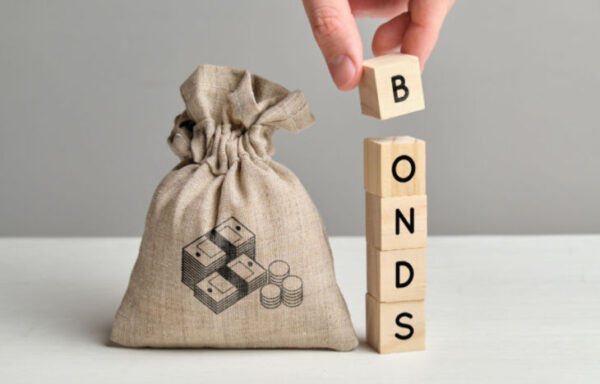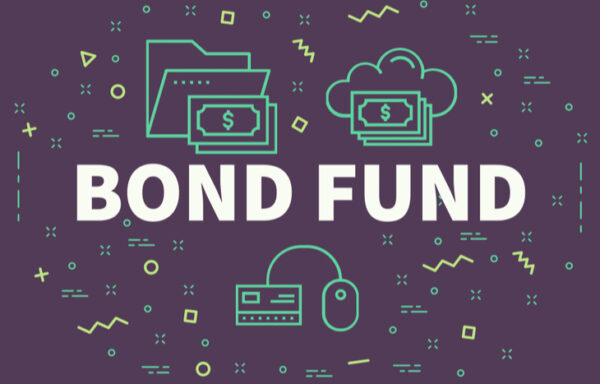What I’m Buying Right Now
Editor’s Note: Today, we’re excited to feature Julia Guth, CEO of Wealthy Retirement‘s publisher, The Oxford Club.
Below, she will reveal an investing strategy that most investors have overlooked…
But that is crucial for any portfolio – especially today.
Read on below to discover how Julia is adjusting her own portfolio in response to the current bear market.
– Mable Buchanan, Assistant Managing Editor
For more than 30 years, I’ve had access to the country’s best investment strategies.
As a result, I’ve employed the Club’s asset allocation… and certainly learned how to be a very successful stock investor.
But my portfolio is missing one very important investment…
One that should help safeguard my wealth during market volatility like we’re seeing now…
Individual corporate bonds – especially “safe haven” bonds.
And there’s no time like the present to shift some of my assets around.
“For years now, the Club has been pounding the table about the importance of diversification,” says bond expert and Chief Income Strategist Marc Lichtenfeld. “The COVID-19 crash emphasized that point. As stocks slid 35% in days, quality bonds held up fairly well. Some even moved higher.”
This isn’t the first time we’ve seen the resilience of bonds during a downturn…
 |
If you bought high-yield bonds in December 2007 and held them for five years, you’d have seen a total return of nearly 50%… on bonds!
Over the same period, the S&P 500 returned only 5.3%.
This is exactly why the Club advocates that you allocate a percentage of your portfolio to bonds.
But what I’ve held until now is what I would call “lazy investor” bond funds. In times like these, bond funds can be dangerous.
According to Marc…
A bond has a maturity date. On that maturity date, you will be paid the par value of the bond. Unless the company goes bankrupt, you will get the par value – usually $1,000. So if you paid $1,000 or less for the bond, you’ll get all of your money back and maybe more.
Though a bond fund is made up of bonds, the fund itself has no maturity. Therefore, there is no date on which you can assume a return of your capital. If the value of the fund is lower when you want to take your money out, you sell for a loss.
In a rising rate environment, the value of the bonds in the fund will decline – which will reduce the price of the fund.
“But wait – if I own the bond outright, won’t its value decline too?” you may ask.
Absolutely, it will. But that doesn’t matter if you plan on holding it until maturity.
That’s what really sold me on individual bonds…
Unlike a stock, which may never come back after a sell-off, a bond basically has two options at maturity. It will pay bondholders the full par value of the bond (usually $1,000 per bond), or it will default and pay nothing.
Of course, as with all investing, there is always the risk of loss. And while in this crisis, we may very well see bond default rates increase. But defaults on blue chip or “safe haven” bonds are extremely rare. Historically, only about 2% of bonds default, and those are the most distressed bonds.
So, regardless of the coronavirus, the election or any other black swan event, if I hold a bond until maturity – and the company behind it has solid fundamentals – I’ll be paid in full and receive interest.
These days, that kind of security is nearly impossible to find.
So which bonds should you target in this market?
Marc says that now is the time to keep maturities short. That way it doesn’t matter if bonds are in a bull market, bear market or something in between.
“Remember, with bonds, we generally don’t care which way the market is going,” Marc says. “We’re investing in bonds in order to generate income, provide ballast in our portfolio for when stocks tank like we’ve seen recently and in some cases provide capital gains when a bond has sold off.”
You also want to look for bonds that are trading at a discount (or below par). That way you could collect income and see price appreciation as well if you hold them until maturity.
According to Marc, that combination is “the best of both worlds in a turbulent market.”
Quarantine or not, I look to Marc and his bond research service, Oxford Bond Advantage, for individual bond recommendations.
In Wednesday’s Oxford Bond Advantage, Marc recommended a bond issued by a company that looks to be immune from this crisis.
In fact, it recently raised earnings per share and revenue guidance for its fiscal 2020 (which ends in May).
These days, you’d be hard-pressed to find many companies that optimistic.
With the stop losses incurred in many of my equity positions, I plan to take advantage of some bargain-basement opportunities in stocks… as well as individual corporate bonds just like this one.
If your portfolio is in need of some bond exposure, I strongly encourage you to do the same.
Marc recently did an interview – while in self-quarantine – in which he makes a compelling case for investing in individual bonds. In fact, he’s never personally lost money with this investing strategy.
About Julia Guth
Julia Guth has been the CEO and Executive Publisher of The Oxford Club since its inception in Baltimore more than 25 years ago.
She is also the Founder of Investment U, the educational arm of The Oxford Club. In addition, she’s the Founder and Executive Director of the nonprofit Roberto Clemente Health Clinic in Nicaragua.
Julia credits the Club’s success to its long-term global perspective, as well as the talented advisory and service teams she’s put together on behalf of its Members. Julia graduated from the University of Colorado, Boulder, with a B.A. in Latin American studies and holds an MBA from Thunderbird, The American Graduate School of International Management in Phoenix, Arizona.






